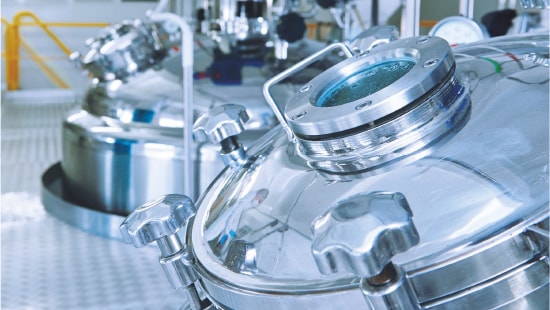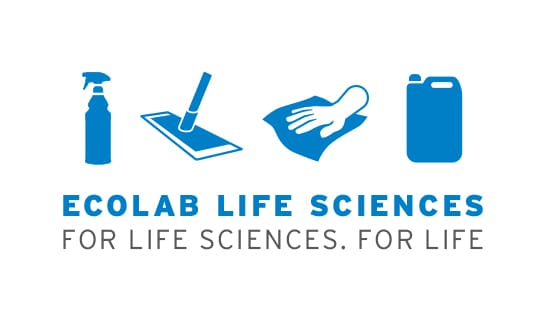Visually Clean May Not Be Enough – A Manufacturing Example
Author: Susan Youngquist, Ecolab Technical Consultant and Validation Manager

I recently worked with a global cosmetics company that was manufacturing cosmetics and facial creams containing sunscreens. The goal was to improve cleaning effectiveness and employee safety by changing out the detergent and modifying the cleaning process. Cleaning consisted of both automated cleaning cycles and manual cleaning procedures depending on vessel design and ancillary supporting equipment. The manufacturer wanted two cleaning procedures (one automated and one manual) regardless of product type to reduce variation in cleaning execution. The new cleaning procedures had to pass validation criteria including active and detergent residues.
Implementing the improved cleaning procedure in the automated vessels was not a problem. Once the sequence was defined for the hardest to clean products and verified with swab testing for residues, the cleaning sequence was programmed into the system and implemented. There was no resistance from the operators, as the new automated process was faster than the old, and required less manual intervention. The general process was a pre-rinse junk wash with a low concentration of detergent, followed by the primary cleaning step, and finally a rinse to remove the wash water and soils.
The challenge came in implementing the process consistently across the manual cleaning operations. The product mix included both chemical and mineral sunscreens in a range of opacities and colors. The historical manual procedure was to clean-scrub-rinse-repeat until the equipment looked clean. Generally, the product without mineral sunscreens were cleaned with fewer cleaning repetitions since they used “visually clean” as an indication whether additional cleaning was required. Single wash versus multiple wash cycles were left to operator discretion.
The new cleaning standard was similar to the automated sequence, with a prewash with a dilute detergent, followed by the primary cleaning step and rinse. This cleaning process was verified through tests on the plant floor, substantiated with actives residue tests for both mineral and chemical actives. The challenge came during validation when a range of operators were cleaning. Some followed the old standard cleaning only until clean. For one seemingly easy-to-clean lotion, the visible residue was removed by the pre-wash. The operator performed the pre-wash, rinsed, and dried the equipment. When QA performed the residue swabs, chemical sunscreen actives were present at high levels although the equipment appeared clean.
Investigation revealed that the new process had not been followed. The chemical sunscreen residue was not visible, but was clearly present. Insufficient cleaning could have resulted in contamination of the next production batch. This process failure was used as a teachable moment for the team to understand the importance of accurately following the standard procedure, even if visual inspection suggests it is not necessary. In this case, “visually clean” was critical, but was not enough to product quality.


